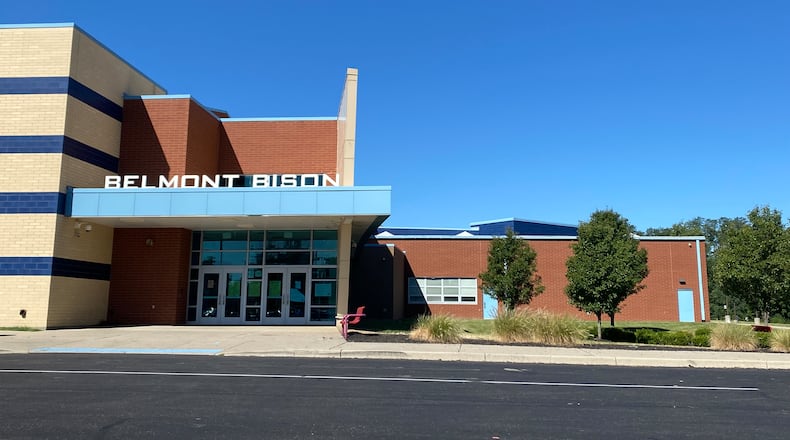“We do think there’s a moral obligation for the state to step in,” Churchill said. “Especially when schools are not doing well year after year.”
While many of the Ohio schools identified as schools in need of improvement under federal law are in Columbus and Cleveland, several are in Dayton – including several Dayton Public Schools high schools, middle schools and two elementary schools, Fairview and Louise Troy — and Springfield. Several charter schools, including Horizon Science Academy Dayton High School, are also on the list.
To help those priority schools, Churchill suggested several improvements, which included:
- The Ohio Department of Education should note when schools are priority schools and include a link to the school’s improvement plan on the school’s report card.
- If these schools fail to improve, ODE should have consequences, up to and including closing the school.
- ODE should provide more funding to these schools and make available to the public the amount each school has and how the school will use the funds.
- ODE should insist on high-quality practices, materials and programs in priority schools.
- ODE should conduct annual site visits to these schools and make a public report, and should make an annual report with an overview of how Ohio’s priority schools are doing.
Churchill said the state has offered easy off-ramps for schools identified as low performing, which he said is dangerous. Students who get a substandard education are more likely to struggle as adults and in the job market, which will also hurt the state.
Elizabeth Lolli, superintendent of Dayton Public Schools, said schools need to be evaluated by more than just their test scores.
“Supports and resources offered to families, along with showing consistent improvement and gap closing, should be factored in,” Lolli said.
She said if the state allocated more dollars to public schools, the money would be better to go to kids’ mental health than to teachers’ professional development.
Springfield City Schools superintendent Robert Hill also took issue with the report. Springfield High School is among the schools listed on the state’s priority list.
“I do not believe this report from the Fordham Institute even begins to tell the true story of the Springfield City School District, its students or the SCSD’s urban counterparts which are also on the list,” Hill said. “It is of note that a majority of schools and districts on this list are large, urban districts which deal with a variety of external factors, including high levels of poverty, homelessness and community violence that rural and suburban schools are not familiar with.”
Hill said the school district will continue to provide students with learning, relationships and food, as sometimes the only meals a student gets in a day are school meals, Hill said.
With passage of new federal legislation, the Every Student Succeeds Act, in 2015, Ohio has more flexibility than under the old federal law with the same idea as No Child Left Behind. Churchill said part of the reason why the new system hasn’t gotten as much attention is due to the pandemic.
But now the state is more than two years into COVID-19, it’s time to take another look, Churchill argued, especially since so many schools fell behind significantly during the pandemic.
Churchill praised the state for giving schools the resources to improve, including the regional educational service centers.
Chad Aldis, the vice president of Ohio policy for the Fordham Institute, said that the Ohio Department of Education worked closely with Fordham on the paper and had seen several drafts and a final copy. He said it was far from a “gotcha” paper.
“I do want to highlight that the department was actually an incredible partner in working with this even if they don’t necessarily agree with all of our recommendations,” Aldis said.
Coverage that matters
Count on the Dayton Daily News to provide coverage of important issues impacting our school systems.
About the Author

